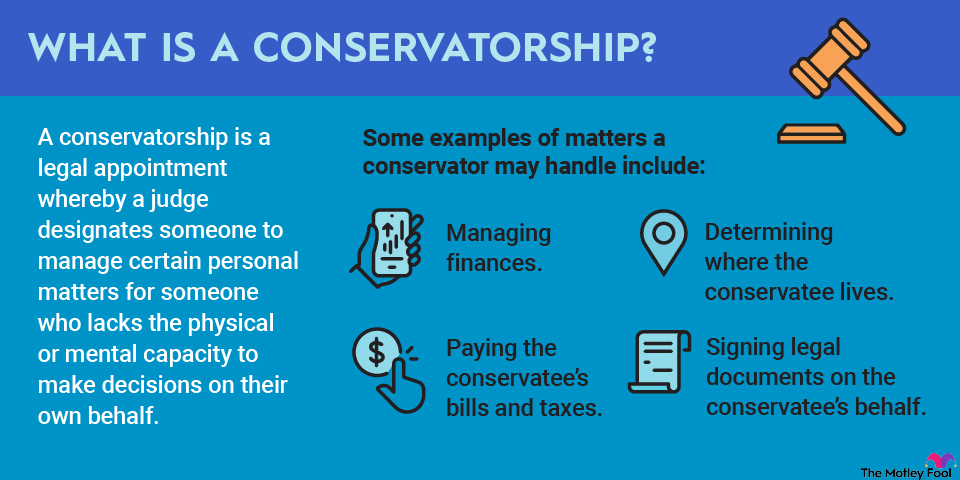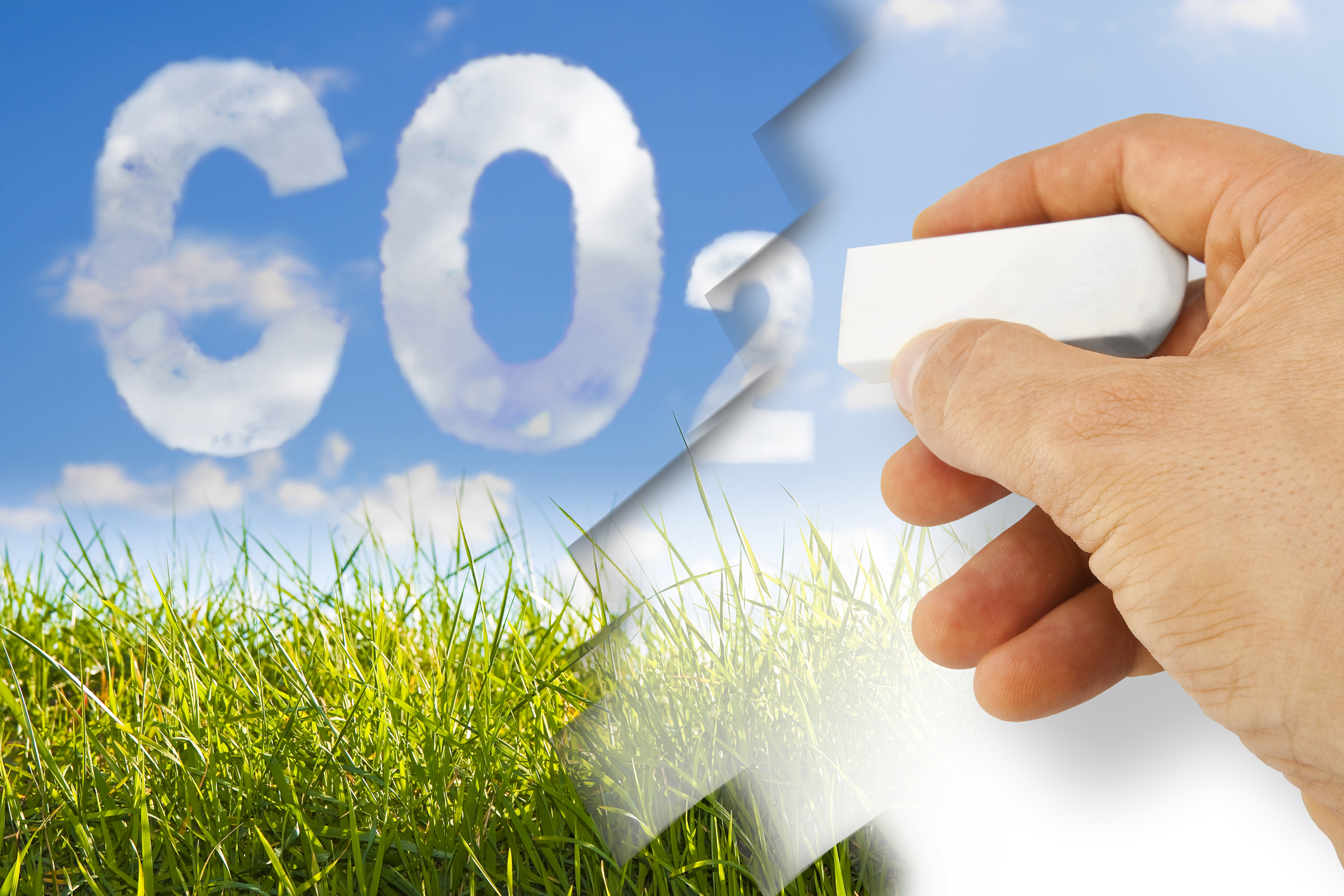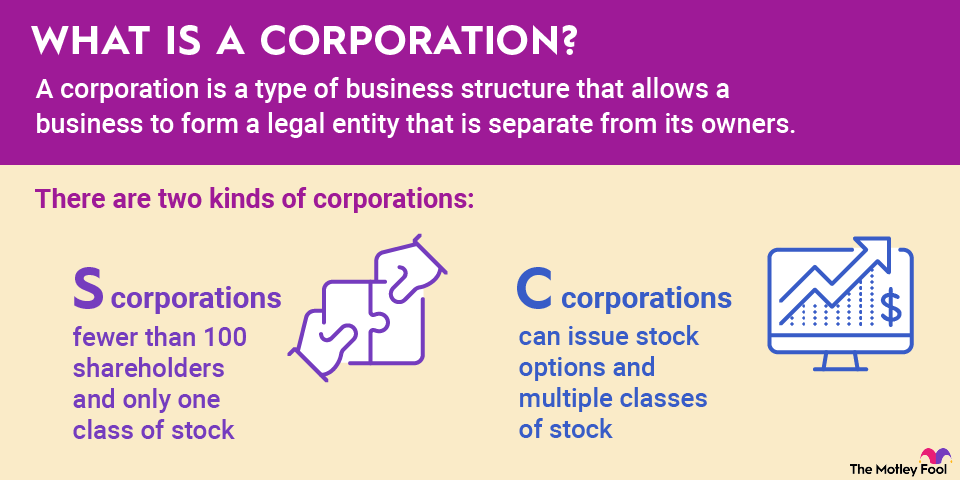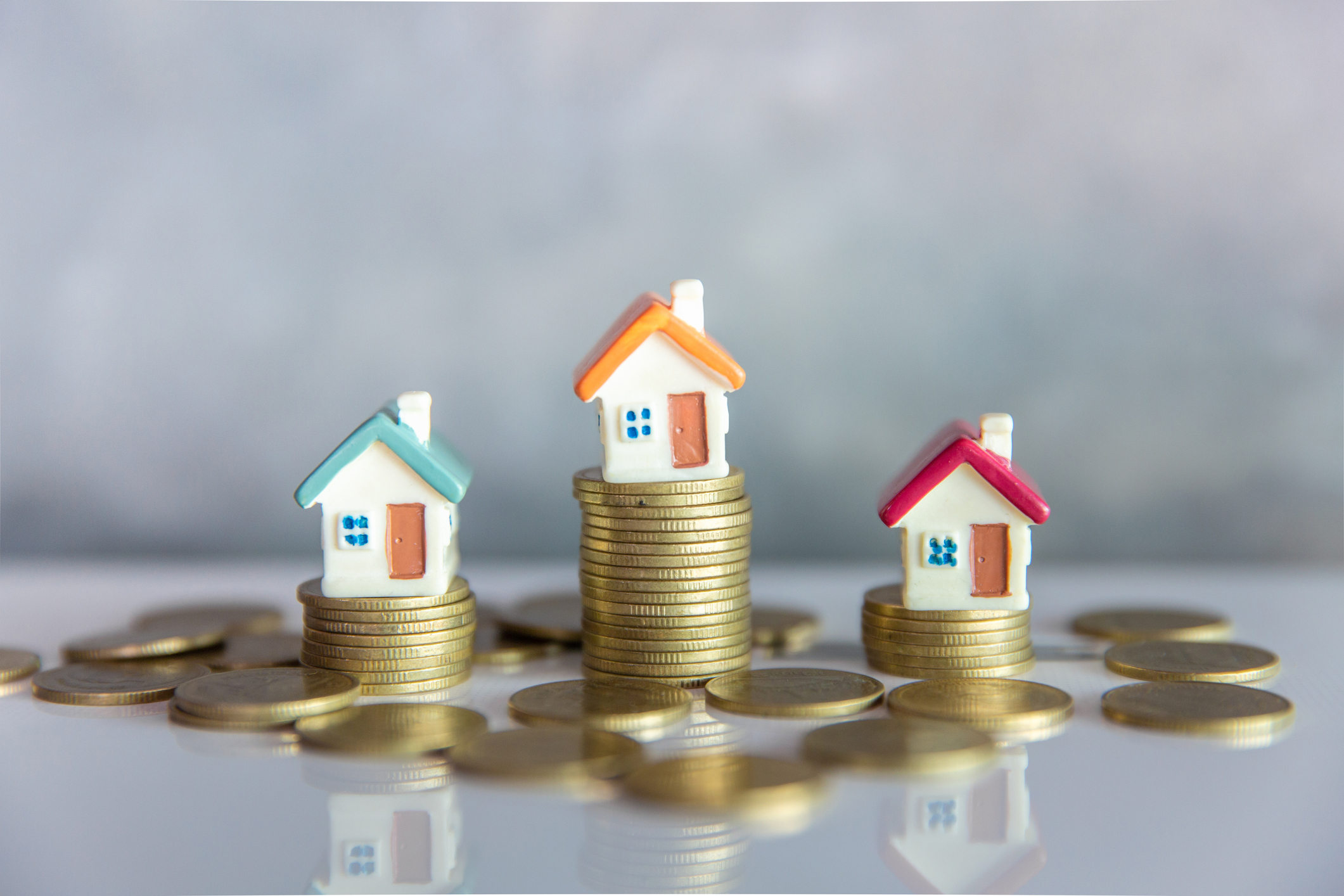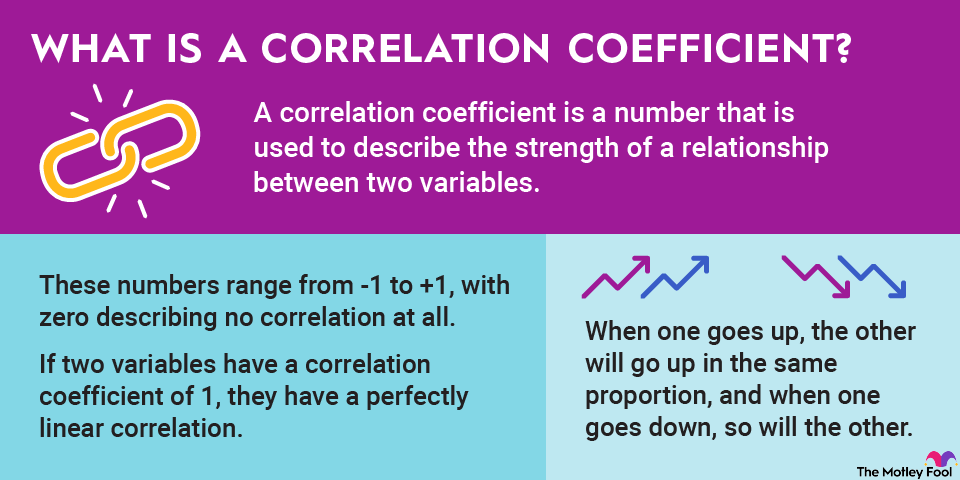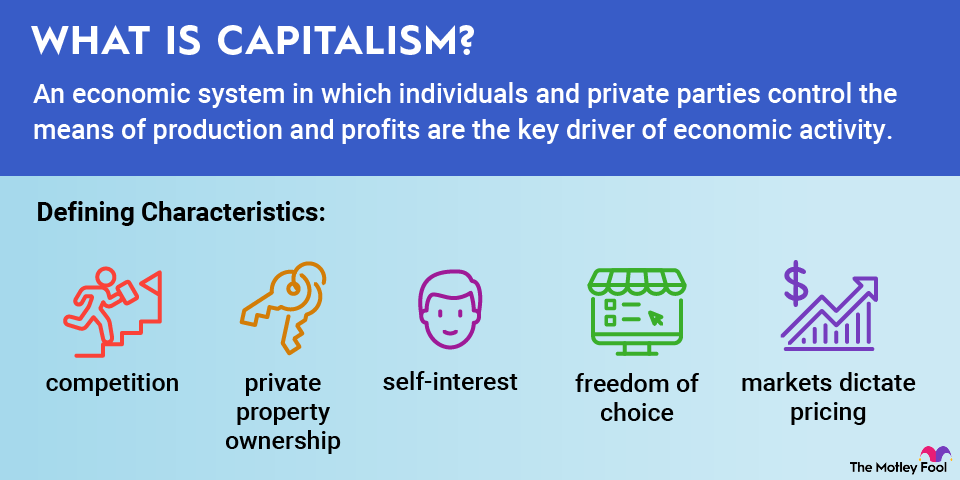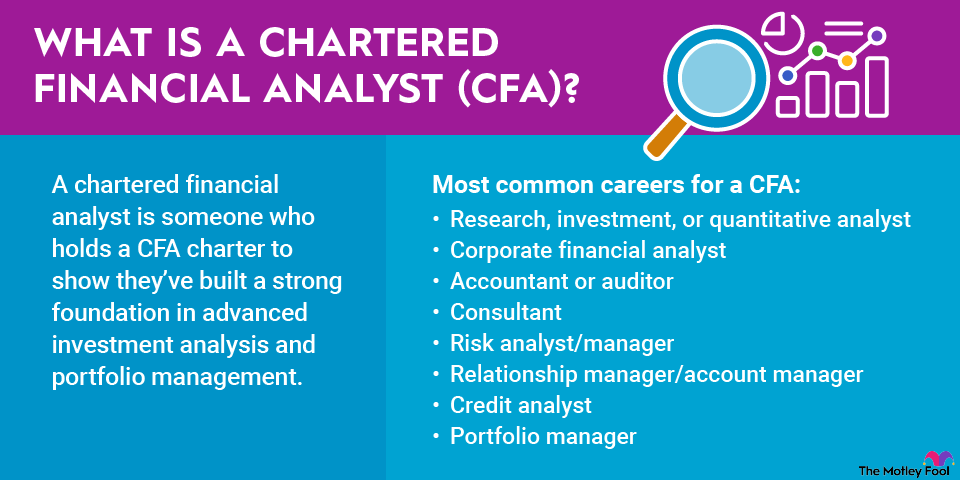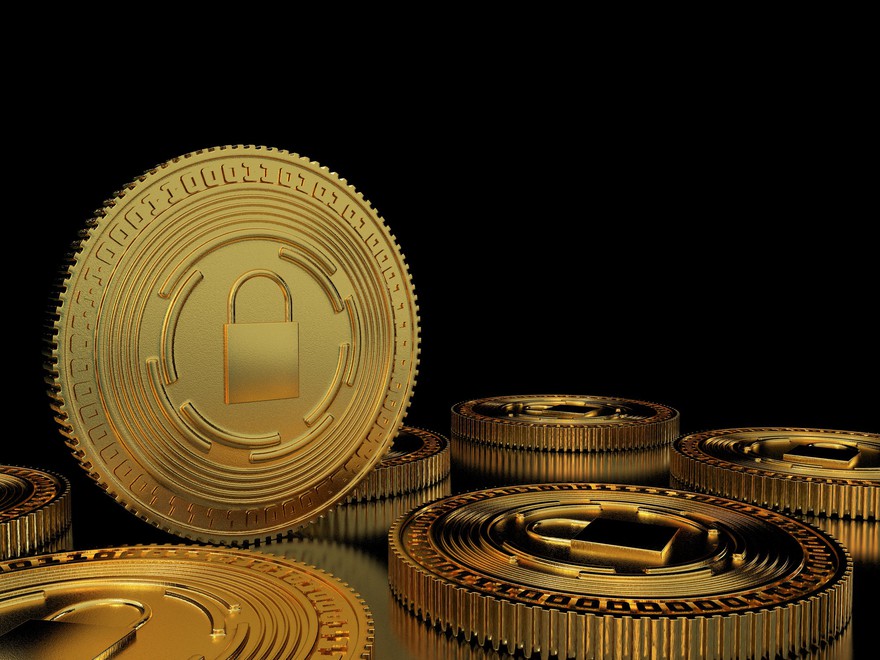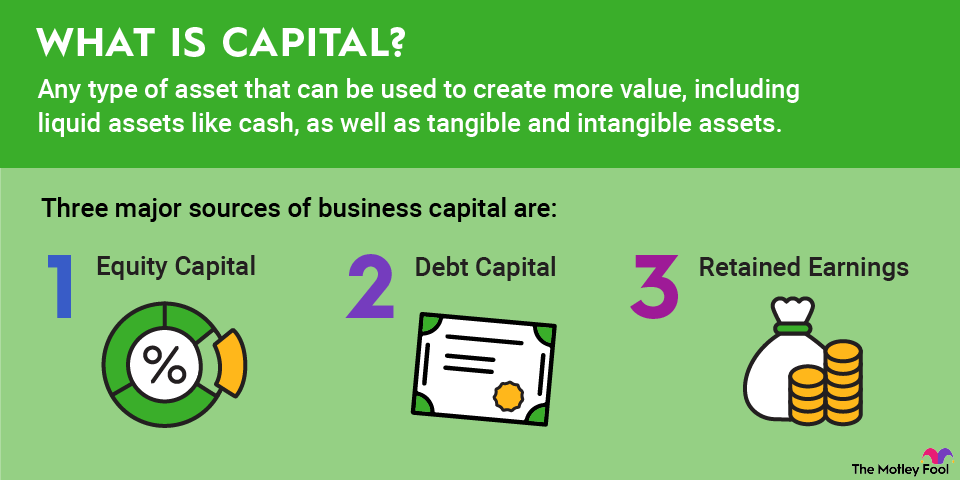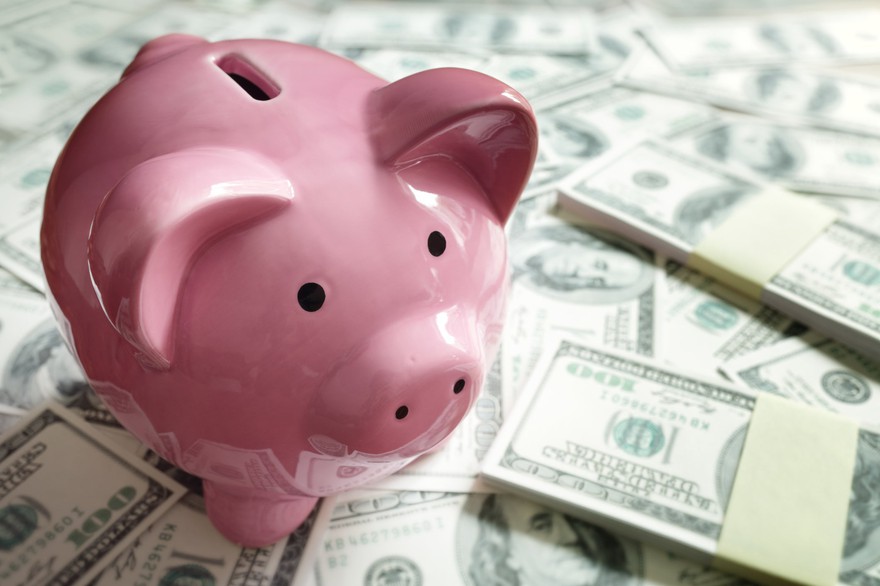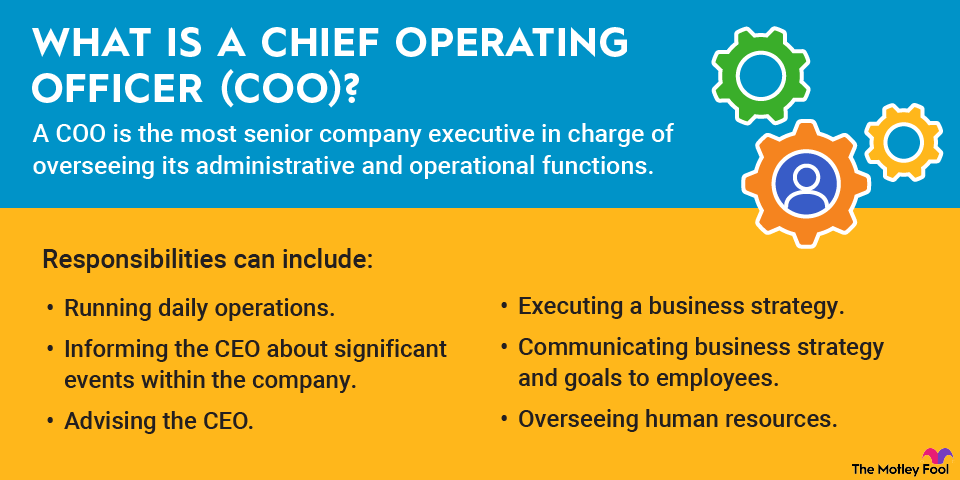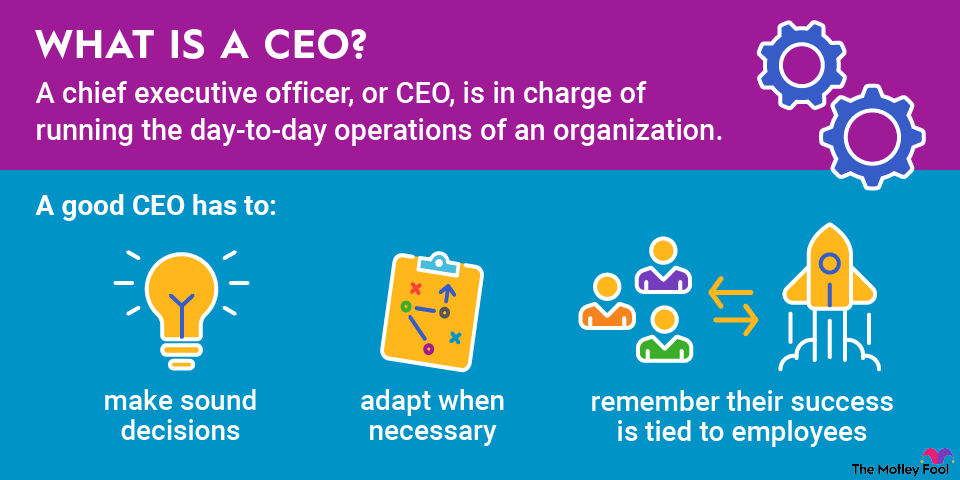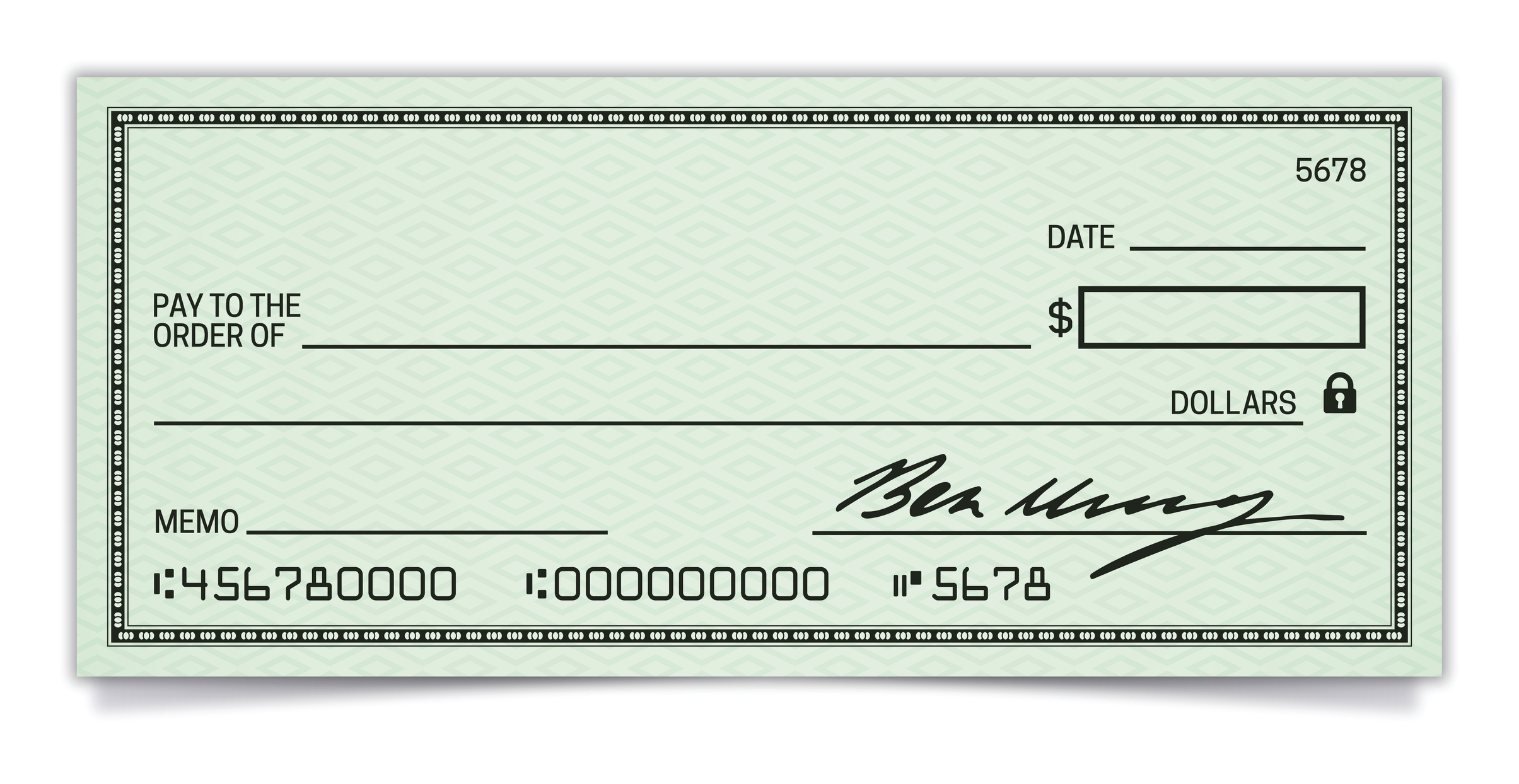Competitive advantage is synonymous with a company's "unique selling proposition," or the distinctive reason customers are repeatedly drawn to buying a company's products or services. Perhaps you appreciate a product's low price. Maybe you like the product because it's unique in the marketplace and no other company produces anything with the same functionality. Or, perhaps, you simply value the customer service.
The unique selling proposition can take the form of a cost advantage -- customers in this case make repeat purchases because they are attracted to the low price. Alternately, competitive advantage can be ascertained through product differentiation. In this instance, a product's differentiated qualities entirely distinguish it from products by competitors, creating a loyal customer base.
Competitive advantages are important because they enable companies to consistently outperform their rivals. Companies deploy their competitive advantages to attract as many new customers as possible and increase their profit margins. By purchasing one product over another, you are implicitly affirming the seller's competitive advantage.
Competitive advantage vs. comparative advantage
Competitive advantage is frequently confused with "comparative advantage," which is actually just one type of competitive advantage. A company with a comparative advantage produces goods or services more efficiently than its peers. If a company requires a lower quantity of an input (for example, fuel) to produce the same output as another company, then the first company has a comparative advantage. Similarly, a comparative advantage exists if one company can transform the same quantity of inputs into a higher number of outputs than its competitors.
Put another way, comparative advantage is a measure of relative opportunity cost, which is the value of the inputs expended, relative to a competitor, to produce a certain set of outputs. Companies with comparative advantages have opportunity costs that are lower than those of their competitors.

